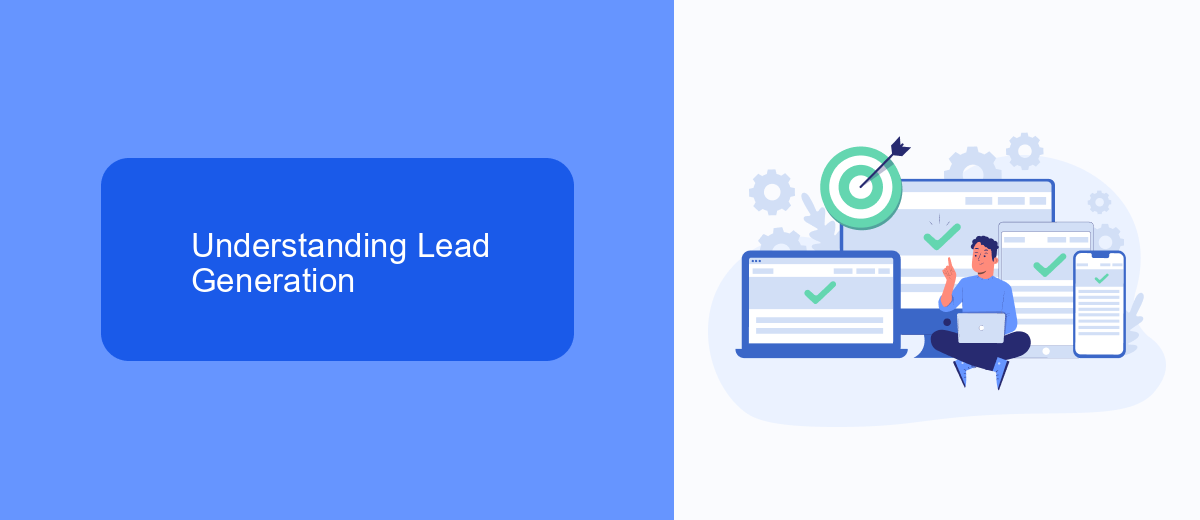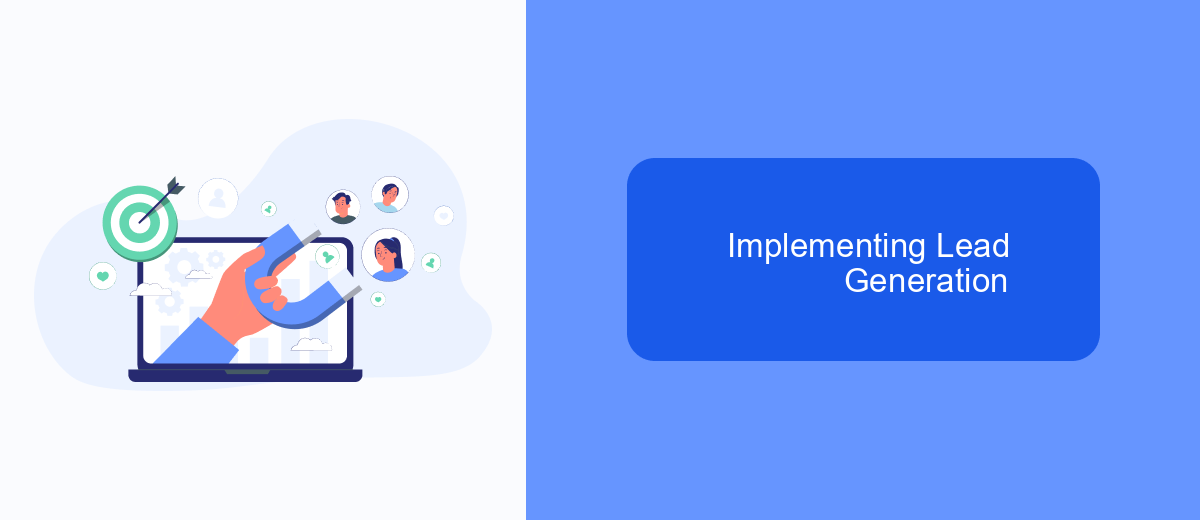In today's competitive market, the lead generation business model has emerged as a crucial strategy for companies seeking sustainable growth. By identifying and nurturing potential customers, businesses can streamline their sales processes and enhance conversion rates. This article explores the key components, benefits, and best practices of effective lead generation, providing insights to help organizations maximize their marketing efforts.
Lead Generation Business Model
Lead generation is a crucial aspect of modern business models, focusing on attracting and converting potential customers into leads. This process involves various strategies and tools to identify and nurture prospects, ultimately driving sales and growth. Effective lead generation requires a well-structured approach, combining both inbound and outbound marketing techniques.
- Content Marketing: Creating valuable content to attract potential leads.
- Social Media Marketing: Engaging with prospects on social platforms.
- Email Marketing: Sending targeted emails to nurture leads.
- SEO: Optimizing website content to increase organic traffic.
- Paid Advertising: Utilizing PPC campaigns to reach a broader audience.
Integrating various tools and services can streamline the lead generation process. SaveMyLeads, for example, automates the integration of lead data from different sources into your CRM system, ensuring that no potential lead is missed. By leveraging such services, businesses can enhance their lead management efficiency, allowing sales teams to focus on converting leads into customers.
Understanding Lead Generation

Lead generation is the process of attracting and converting strangers and prospects into someone who has indicated interest in your company's product or service. It involves a series of activities, including identifying potential leads, nurturing them through various marketing strategies, and ultimately guiding them through the sales funnel. Effective lead generation requires a deep understanding of your target audience, their needs, and the channels they frequent. By leveraging data and analytics, businesses can tailor their approaches to maximize engagement and conversion rates.
One crucial aspect of successful lead generation is integrating various tools and platforms to streamline the process. Services like SaveMyLeads can play a pivotal role in this integration. SaveMyLeads allows businesses to automatically transfer leads from different sources into their CRM systems, ensuring no potential customer is overlooked. By automating these workflows, companies can save time and resources, allowing their sales teams to focus on nurturing and closing deals. With the right tools and strategies, businesses can create a robust lead generation system that drives growth and success.
Benefits of Lead Generation

Lead generation offers numerous benefits for businesses, making it an essential component of modern marketing strategies. By effectively capturing and nurturing potential customers, companies can significantly enhance their sales and growth prospects.
- Increased Sales: By generating high-quality leads, businesses can boost their conversion rates and drive more sales.
- Cost-Effective Marketing: Targeted lead generation strategies can reduce marketing costs by focusing efforts on the most promising prospects.
- Improved Customer Insights: Gathering data on leads allows businesses to better understand customer needs and preferences, enabling more personalized marketing efforts.
- Enhanced Brand Awareness: Consistent lead generation activities help increase brand visibility and recognition in the market.
- Streamlined Processes: Tools like SaveMyLeads enable seamless integration and automation of lead management, saving time and resources.
Overall, lead generation not only drives business growth but also enhances operational efficiency. By leveraging advanced tools and strategies, companies can stay ahead of the competition and build lasting relationships with their customers.
Implementing Lead Generation

Implementing a lead generation strategy requires careful planning and execution. The first step involves identifying your target audience and understanding their needs and preferences. This will help you tailor your marketing efforts to attract the right leads and increase conversion rates.
Next, you need to set up a system for capturing and managing leads. This can be done through various channels such as your website, social media, email campaigns, and paid advertising. It's essential to have a landing page optimized for conversions and a clear call-to-action to encourage visitors to provide their contact information.
- Identify target audience
- Set up lead capture mechanisms
- Optimize landing pages
- Implement call-to-actions
- Use tools like SaveMyLeads for integration
Using tools like SaveMyLeads can streamline the process by automating the integration of lead data from various sources into your CRM system. This ensures that your sales team has immediate access to new leads and can follow up promptly, increasing the chances of converting these leads into customers.
Optimizing Lead Generation
Optimizing lead generation involves a strategic approach to enhance the quality and quantity of leads. Begin by analyzing your current lead generation channels and identifying areas for improvement. Utilize data analytics to understand which sources yield the highest conversion rates and focus your efforts on those. Regularly update and test your landing pages, forms, and calls-to-action to ensure they are engaging and effective. Additionally, consider segmenting your audience to tailor your messaging and offers to specific groups, increasing the likelihood of conversion.
Integrating automation tools can significantly streamline your lead generation process. Services like SaveMyLeads can help automate the transfer of leads from various platforms directly into your CRM, ensuring no lead is missed and reducing manual data entry errors. By leveraging such tools, you can save time and focus more on nurturing leads and closing deals. Regularly reviewing and optimizing these integrations will ensure they remain effective and continue to support your lead generation goals.
- Automate the work with leads from the Facebook advertising account
- Empower with integrations and instant transfer of leads
- Don't spend money on developers or integrators
- Save time by automating routine tasks
FAQ
What is a lead generation business model?
How do companies typically generate leads?
What are the key metrics to track in lead generation?
How can automation improve lead generation efforts?
What is the role of content in lead generation?
What do you do with the data you get from Facebook lead forms? Do you send them to the manager, add them to mailing services, transfer them to the CRM system, use them to implement feedback? Automate all of these processes with the SaveMyLeads online connector. Create integrations so that new Facebook leads are automatically transferred to instant messengers, mailing services, task managers and other tools. Save yourself and your company's employees from routine work.

